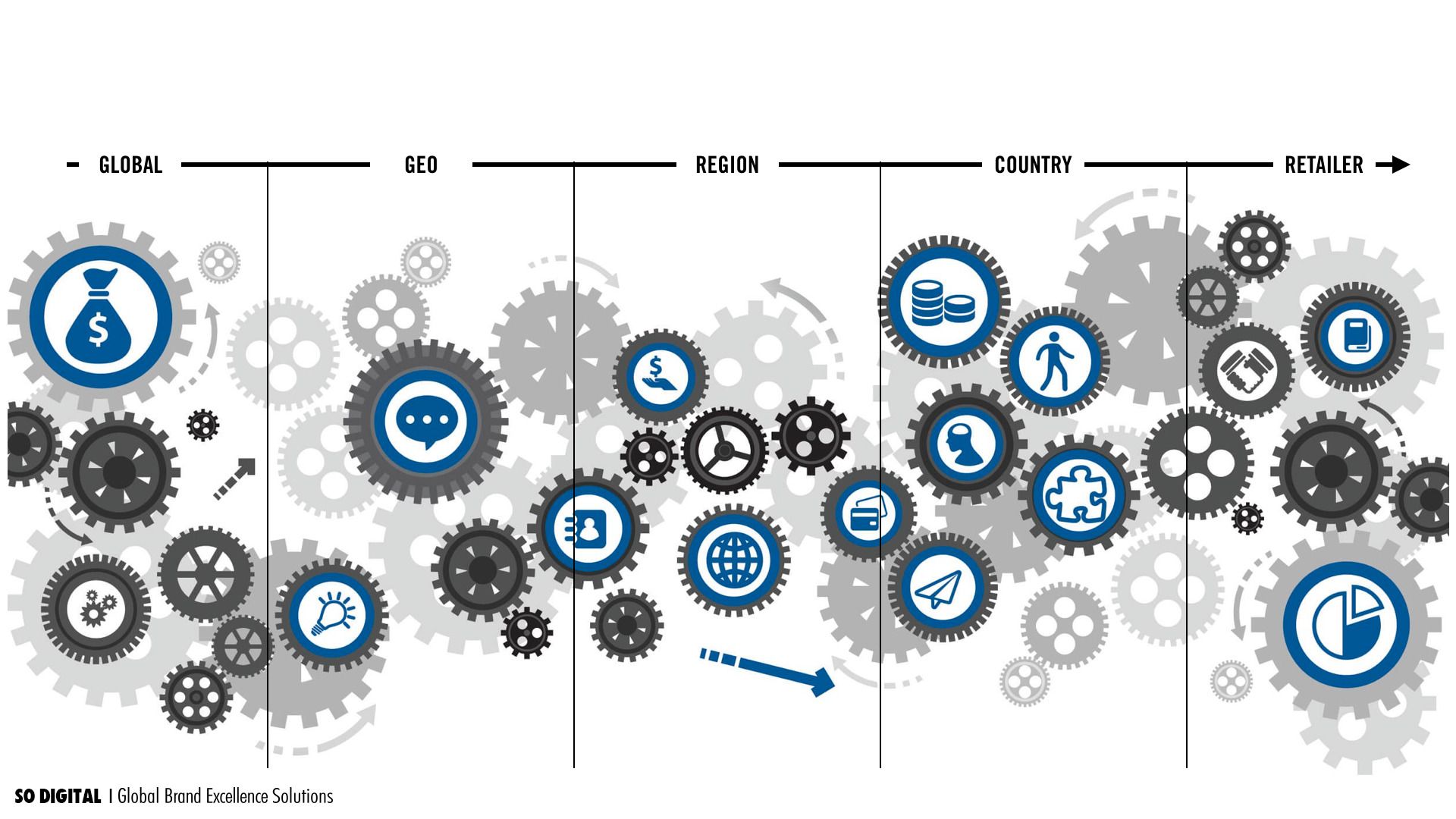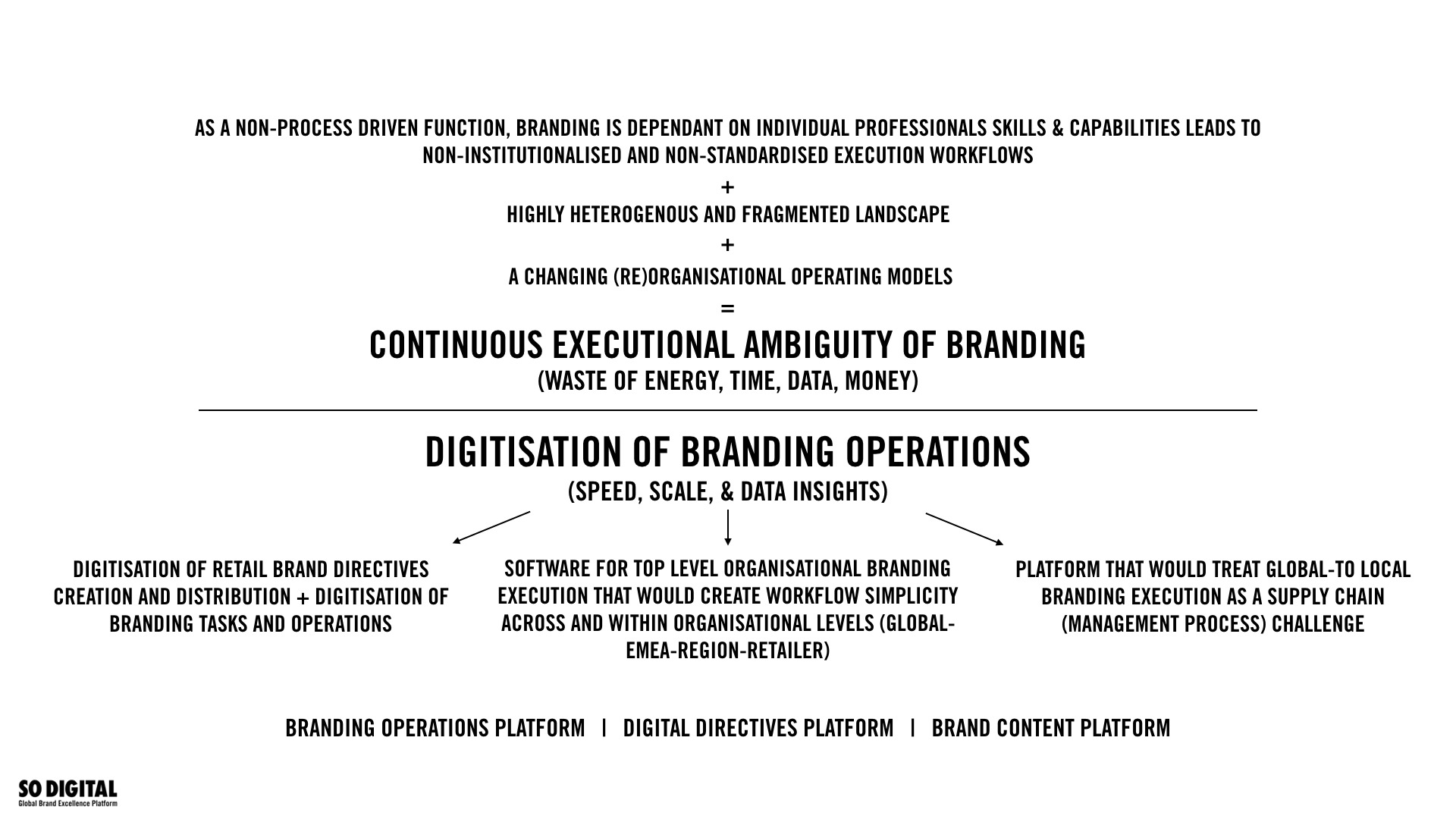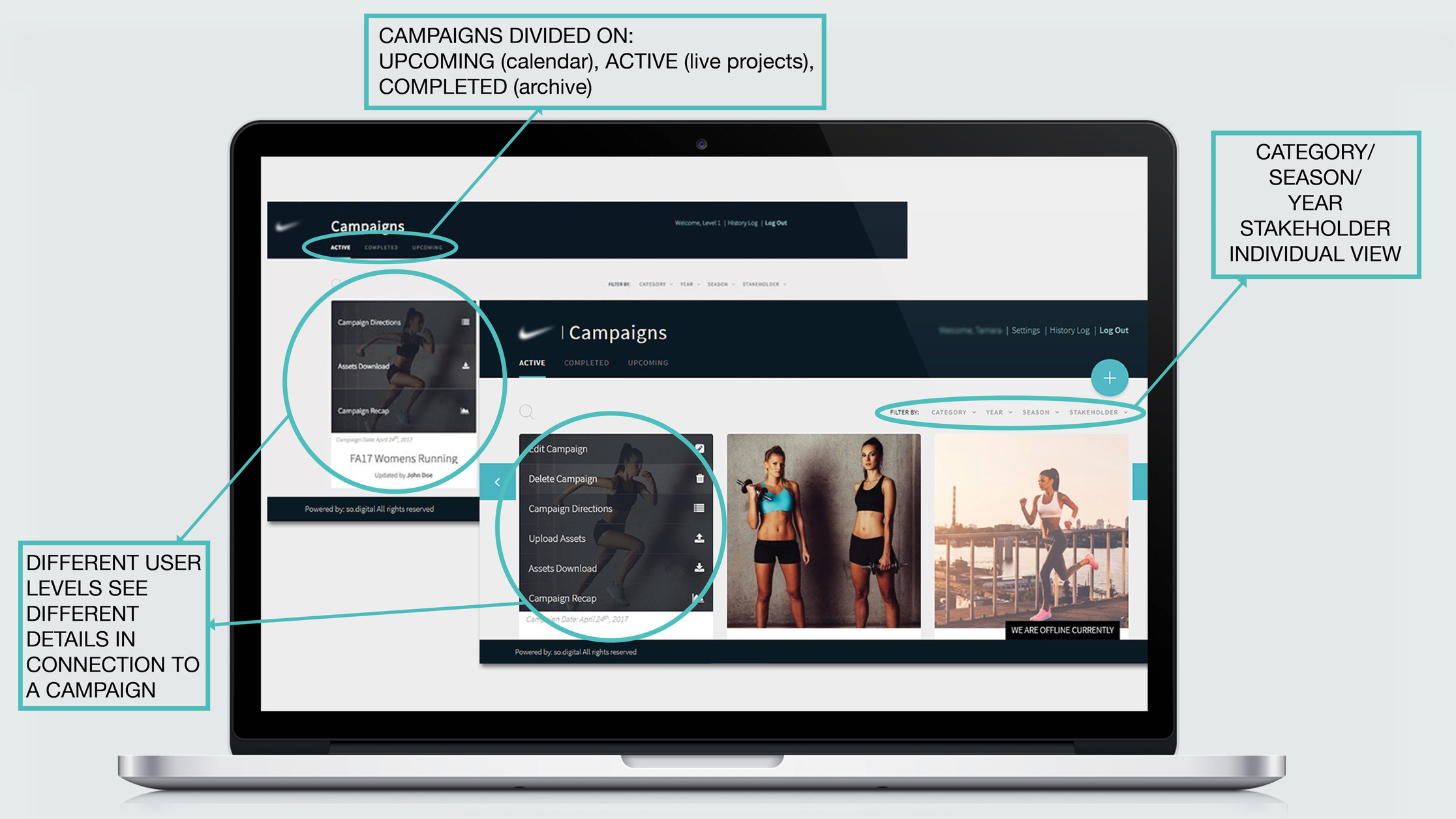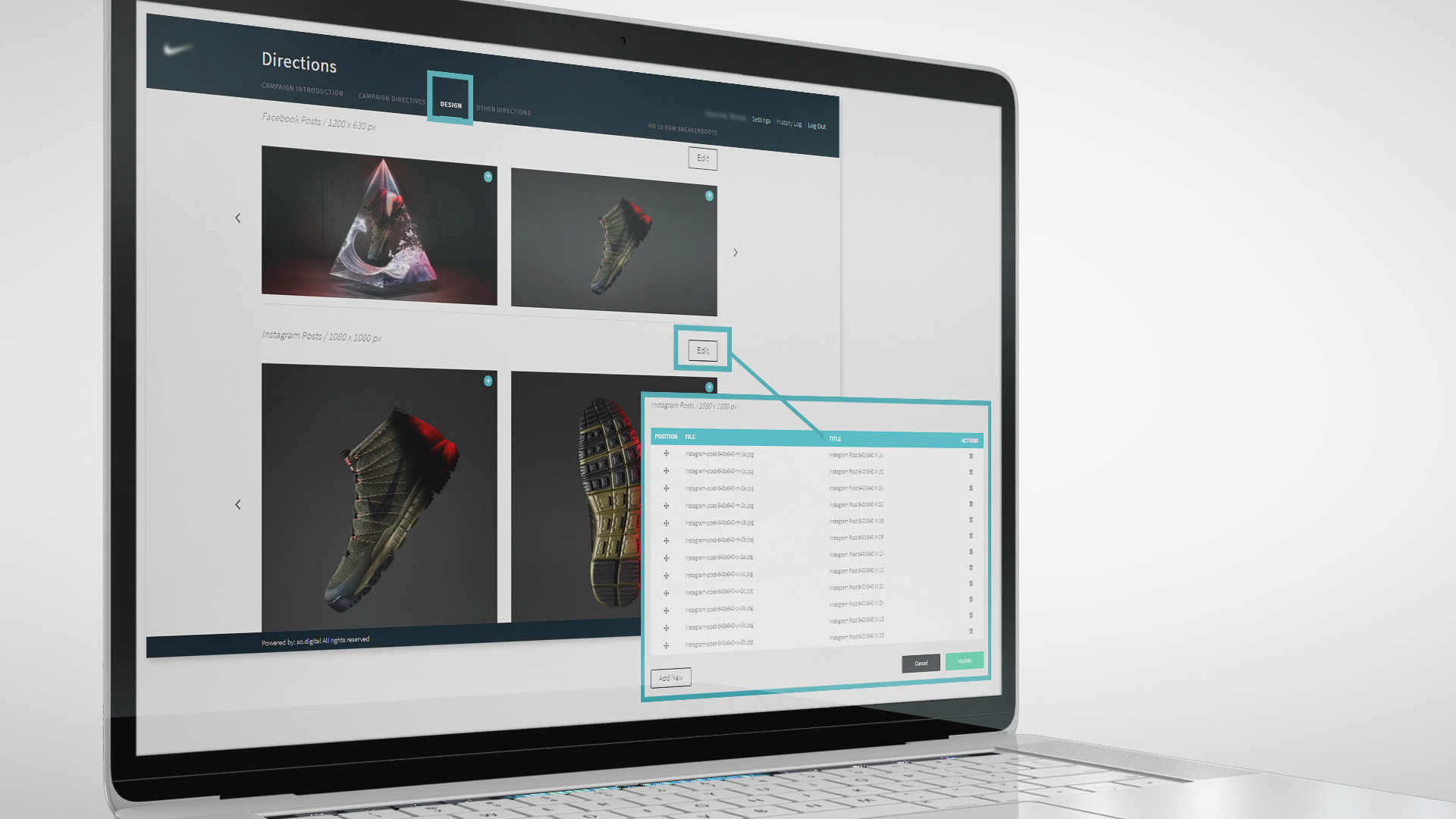We specialise in serving headquarters of global brands, helping them cut complexity costs in strategy execution across markets and fulfil their corporate role as scale economisers and advantage accelerators. Leverage our consulting expertise, technology solutions and remote talent resources to create organisational simplicity, scalability and efficiency in multi-market operations.
Transforming global brand marketing, creative and eCommerce function into a competitive advantage
 (EMEA) 14 markets
(EMEA) 14 markets
 (EMEA) 47 markets
(EMEA) 47 markets
 (EMEA) 17 markets
(EMEA) 17 markets
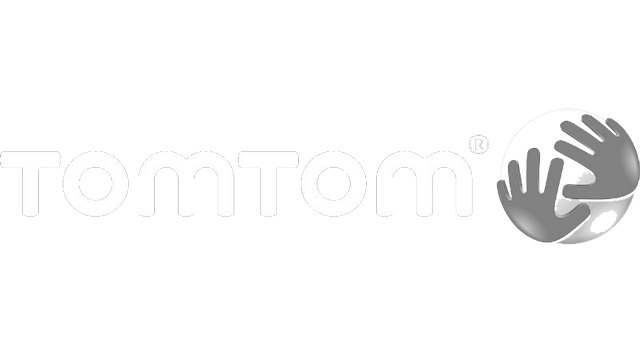 (WHQ)
(WHQ)
Rise of Corporates, Global Value Chains and Headquarters.
During the twentieth century, large diversified corporations emerged as the most powerful players in economic affairs. Today, such corporations account for up to 60 per cent of output in advanced developed countries. As corporations grew, they became more complex. To deal with complexity, corporations began to divide themselves into divisions that specialised in specific areas of the corporation’s product and geographic portfolio. Over time, the managerial functions of the corporation were separated from the operating divisions, resulting in the creation of a headquarters as a specialised entity dedicated to the management of the corporate portfolio, physically separate from places of production.
Even though headquarter configurations and their position(ing) within a broader organisation are as much a matter of corporate strategy as they are the result of the underlying business, they usually fulfil at least three roles of : (1) Governance Guardian, (2) Advantage Accelerator, and (3) Scale Economizer. To the roles of (3) The Scale Economizer - the creation of common processes, standards, and consolidated pools of expertise; and (2) Advantage Accelerator - the releasement of value trapped between and among business units through corporate development, stand-alone influence or linkage enhancement; and their crucial importance we will come back later in more detail.
Global brand campaign execution architecture stemming from notoriously non-process driven brand function nestled within a complex matrix organisation is often a source of colossal waste of time, money, data and missed opportunities
Growth of global corporations also meant the growth of “global value chains” - geographic dispersal of the corporate value-adding processes. Global value chains are a manifestation of a corporation’s search for efficiency as it competes for profits and market share. Sourcing of raw materials happening in one part of the world, assembly in second, sales and marketing in third part of the world, while the distribution of finalised products as well as marketing campaigns and materials is often global with (some) local adaptation aka. "glocalization".
The Matrix , Global Operating Model and Global Brand Management.
Even though every organisation is structured in some way, and that structure is determined by the its objectives, for modern global organisations the Matrix model has become almost a standard. As problems and projects have become more complex, the inadequacy of the hierarchical and functional organisational structures became apparent. The matrix organisational structure provided solutions to these large scale project problems by allowing for impermanent project structures that co-existed with relatively permanent functional structures. The primary reason for adopting the matrix in large corporates can be pinpointed to the fact that functions and skills are fragmented throughout the organisational structure, while interdisciplinary projects required rapid infusions of technological know-how and efficient processing of very large amounts of information. In a matrix there are usually two chains of command, one along functional lines and the other along project, product, or client lines. Other chains of command such as geographic location are also possible and quite often, upon an already very complex organisational design, bring another layer of operational complexity.
Matrix : Functional, Project, Geographical lines make it inherently complex
All global organisations are built around combinations of global products, brands, or customer groups; regional or local geographic market units; and global operating and support functions. Large multinational companies must balance the need for both global and local perspectives in decision-making. A global operating model (GOM) is the means to manage complexity, tension, and the need for both leverage and agility in large multinational companies. It is the artful combination of organisational structures, processes, governance mechanisms, metrics, and reward systems that tie together center-based business and functional teams with far-flung geographic teams in order to execute complex business strategies around the world. A GOM is intended to structure interactions at strategic nodes that will build and utilize needed organisational capabilities and executives of these companies need to design organisations that are as sophisticated as their strategies. Yet, the complexity of designing and managing global operating models is often a source of frustration to mid- and senior-level leaders, and very few companies have designed successful ones that enable them to consider their matrix organisations as sources of competitive advantage.
Global brand campaign execution architecture stemming from notoriously non-process driven brand function nestled within a complex matrix organisation is often a source of colossal waste of time, money, data and missed opportunities.
Global brand as a marketing strategy is built around the idea of creation of a single global strategy that can be replicated in local markets. One story that can be literally and figuratively translated in multiple languages so that it will resonate and engage consumers around the globe. To execute global brand strategies in local markets within a common framework and to reach economies of scale and scope in communication, production of materials, campaign management and execution, many standardize their branding operations. Expert global brand management is tied to requirements: they concern the involved personnel, roles, responsibilities, processes, structures, the appointed information technology as well as the culture of the communications. Global brand management requires coordination among countries and the headquarters so that a clear image of the company and its offerings develop – the big picture. No small number of projects fail because of competitive infighting between headquarters and country offices.
Competitive infighting between headquarters and country offices obstructs projects
Hierarchical relationship between countries and headquarter(s) may vary from a centralised , headquarters leading model where headquarters authoritatively directs and coordinates activities, to an individual market leading model, where countries make majority of decisions and activities while only marginally involving headquarters. Disregarding the relationship typology, all global organisations that follow the global brand as a marketing strategy require a transparent, functional, and efficient operational coordination and implementation architecture that can support the maintenance and growth of an unifying and consistent global brand expression. Unfortunately, in majority, even famously brand driven global organisation this is not the case. Global brand campaign execution architecture stemming from notoriously non-process driven brand function nestled within a complex matrix organisation is often a source of colossal waste of time, money, data and missed opportunities. While global brands benefit the multi-national organisations, their complexity increases costs.
All global organisations that follow global brand as a marketing strategy require a transparent, functional, and efficient operational coordination and implementation architecture that can support the maintenance and growth of an unifying and consistent global brand expression.
Global Brand Paradox and Global Brand Campaign Execution Architecture
Benefits of global branding such as communication effectiveness through consistency and risk reduction through scaling individual market successes across multiple countries can be offset by complexity costs of organisational structure and its misalignments. Intended lower marketing cost of running a global brand are annulled by higher management costs of underlying organisational design of a global organisation. Global brand paradox—maintain brand consistency and capture economies of scale & scope across borders while leveraging lessons of shared knowledge, without letting complexity get in the way of speed and agility of execution.
The complexity cost of global brand as a marketing strategy is nowhere more evident than in the matrix global organisation that follows a centralised, headquarter leading, global-to-local, (digital) brand campaign execution.
Aside of waste of time, energy, process data (insights) and money, significant opportunity costs arise due to the fact that highly paid professionals are trapped in email micro-management of tasks instead of value adding strategic brand building activations.
Branding operations in global organisations that implement global brand as a marketing strategy are an example of a global value chain - geographically dispersed corporate value adding process. As it is based on a single global creative that needs to be replicated across markets, global brand campaign execution is a geographically dispersed organisational activity whose success requires brilliant implementation of materials conforming to established brand guidelines. Global branding campaign execution as a highly complex organisational endeavour which brings together countries, vendors and partners working as virtual teams that span both geographical and time zones in intense time sensitive coordination and communication tasks.
Global - Geo - Region - Country - Retailer : implementing global branding campaign
It is within these, deadline determined and intensive downstream and upstream campaign information and brand assets flows, that the matrix complexity takes its toll from an already 'weak', non-process driven and non- tailored technology supported, brand function's global operating model.
Results are hundreds of thousands wasted hours in misalignments between organisational levels (Global - EMEA - Country - Retailers) that take shape of continuous email chains of disconnected information, asset chases and late nights at office. Misalignments also often lead to last minute launches which create additional costs and overtime charges by agencies. Aside of waste of time, energy, process data (insights) and money, significant opportunity costs arise due to the fact that highly paid professionals are trapped in email micro-management of tasks instead of value adding strategic brand building activations.
Misalignments also often lead to last minute launches which create additional costs and overtime charges by agencies.
Designed for Waste: Global Brand Campaign Execution Architecture
This particular interplay between (1) global brand as a marketing strategy, (2) global-to-local execution, (3) global organisation with a (4) matrix organisational model, and (5) technology unsupported brand function global operating model, creates a 'perfect storm', exacerbating and bringing to surface negative externalities of underlying elements, that make the global brand campaign execution architecture designed for waste.
Organisational ambiguity in global brand campaign execution
The matrix organisation is inherently more complex than either a functional or a pure project organisation, since it is the superimposition of one on the other. Added geographical dimension, on top of functional and project, sets the stage for an array of problems in global-to-local brand campaign execution such as : difficulties in monitoring and controlling, conflicting guidance and priorities, decision strangulation, late feedback etc. Matrix organisations benefit neither from structural stability nor routinisation of function, which also can lead to inefficiency of both the individual worker and business processes.
Brand management professionals, who tend to focus on task specialised work are overburdened managing the organisational model
The challenge most global organisations face is the excessive number of individuals responsible and involved, with no distinct demarcations between their roles and responsibilities. This is particularly present in global brand campaign execution where a non-process driven and technology non-supported global brand function operating model generates continuous executional ambiguity. Loss of organisational or team learning and team memory further worsens the prospects of execution improvement of the global brand operations because individuals are involved for just a short duration. Shifting priorities and personnel within continuous, bigger or smaller sized, reorganisations, completely obscures both steps and incentives for functional and operational improvement.
Client case proposal of digitisation of global branding operations
Fact that branding as a non-process driven function is highly dependant on individual professionals' skills & capabilities make global branding execution architecture non-institutionalised and execution workflows non-standardised. This also means that branding know-how best practices leave the organisation with its employees, which undermines the company’s brand equity building potential as it’s main source of competitive advantage.In short-term can endanger a project or undermine the scheduled brand campaign executions. Brand management professionals in matrix focus on task specialised work and are overburdened managing the organisational model. In such an ambiguous and complex environment it is no wonder they are unable to grasp or care about the "bigger picture' and real source of the problems they're experiencing in every day work, least to say have an incentive to do so.
Process driven digital enablement of branding seems to have bypassed even biggest and very brand driven organisations. Digital evolution seems to have happened only up to the level of DAM solutions - which are basically just digital warehouses for storage of assets. However, operations which involve actual steps of branding, workflows, and especially top-level ones - between geographically dispersed organisational levels which work as virtual teams in global campaign execution, still rely on email as a 'branding software'. That is why, for most if not all global brand organisations - most ubiquitous 'branding software' is 'Microsoft Outlook' inbox.
Email as a global 'branding software' : waste of time, process data and money
For most if not all global brand organisations - most ubiquitous 'branding software' is 'Microsoft Outlook' inbox.
Luckily, organisational structures of global brands can be supported by tailored technology solutions to help manage the inherent tensions between global standardisation, local adaptation, worldwide learning, and the need for speed and agility. Platform technologies can activate brand function's global operating models to become as as sophisticated as their strategies.
Headquarters: Provide the Bridge from Organisation Design to Performance
To avoid the "global brand paradox" which translates to countless hours of waste in misaligned activities taking form of endless email chains, endless chases of digital assets and continuous organisational executional ambiguity of global branding, global organisation need to both perceive and manage global branding through the lens of supply chain management - look at branding as physical and information flows between headquarters and countries, vendors and partners. The waste of time, in age of digital properties, where We All Compete on Digital Customer Journeys game that requires continuous "feeding of feed" supply of brand content, translates directly to wasted market opportunities. It because of this that we at SO DIGITAL look at global branding and branding operations as a supply chain management challenge and create solutions and services with this perspective in place.
To maximise the benefits and minimise the costs of global branding as a marketing strategy, headquarters need to leverage the technology solutions to fulfil their corporate roles of a scale economiser and value accelerator mentioned at the opening of the article. It is the responsibility of global brand headquarters to act on their roles of : (2) Advantage Accelerator and leverage technology platform capabilities to deliver value above what individual portfolio businesses could generate autonomously - releasing value trapped between and among them through linkage enhancement. Headquarters are the ones that need to fulfil the (3) Scale Economizer Role: Harness scale company-wide to maximize cost efficiency through creation of common processes, standards, and consolidated pools of expertise enabled via platform technologies. Headquarters need to implement the tools that will enable global collaboration and minimise strategic leakage; platform that will merge brand guidelines, toolkits, content management systems and process management system.
Instead of being buried in endless chain of emails, brand professionals are able to perform all of their campaign execution related tasks in connection to other organisational levels within a simple and aesthetically pleasing interface
SO DIGITAL provides global brands with both technology solutions and scalable talent resources that help global brands and their headquarters achieve economies of scale and scope and reduce organisational complexity costs in global branding. Our solutions create organisational simplicity and deliver speed & efficiency in execution across markets by standardising and codifying branding operations. We establish clear roles and responsibilities and translate it to platform interface in shape of user levels. We secure process implementation by defining chain of actions with defined goals to be completed by each user level within a predefined time frames and other user action dependencies.
Digitised digital retail brand campaign directives
Platform collects both process and output data per defined use - meaning that users can define the desired reporting on campaign success and build upon reports with 3rd party tools. Also that there’s an organisational campaign execution performance metric - how fast or how slow does an organisation roll-out a campaign globally.
Once implemented SO DIGITAL platform(s) also can play a role cloud based Brand Excellence Hub : online assistance location to develop branding materials that conform to established brand guidelines; obtain immediate decisions on branding requests; deliver real-time information about various brand activities in the organisation; and offer online brand programmes and interactive training exercises in different languages to accommodate employee employees and partners throughout the world.
Contact us today for a no-commitment walk through of SO DIGITAL platform solutions implemented for clients like Nike EMEA and Uber EMEA.
---------------------------------------------------------------------------------------------------------------
References :
Anne-Wil Harzing "An Empirical Analysis and Extension of the Bartlett and Ghoshal Typology of Multinational Companies."
Dr. Michael Bloom and Michael Grant The Conference Board of Canada: "Valuing Headquarters (HQs): Analysis of the Role, Value and Benefit of HQs in Global Value Chains"
Stanley M. Davis, Paul R. Lawrence, HBR.org : " Problems of Matrix Organizations" https://hbr.org/1978/05/problems-of-matrix-organizations
Liz Gold, Bizfluent.com, Updated December 15, 2018. " What are the 4 Types of Organizational Structures? " https://bizfluent.com/info-8149155-functional-vs-matrix-organization-structure.html
Patrick Gleeson, Ph. D., Chron.com, Updated January 28, 2019 "Advantages & Disadvantages of Matrix Organizational Structures in Business Organizations"
Stuckenbruck, L. C. (1979). The matrix organization. Project Management Quarterly, 10(3), 21–33.
Amy Kates, Gregory Kesler : "Activating Global Operating Models : Bridge from Organisation Design to Performance"; Journal of Organization Design JOD, 4(2): 38-47 (2015)
Prof. Dieter Georg Herbst, BrandQuarterly.com : "How To Organize Global Brand Management", Nov.17. http://www.brandquarterly.com/organizing-global-brand-management
Steenkamp, Jan-Benedict. (2017). Global Brand Management. 10.1057/978-1-349-94994-6_7.



